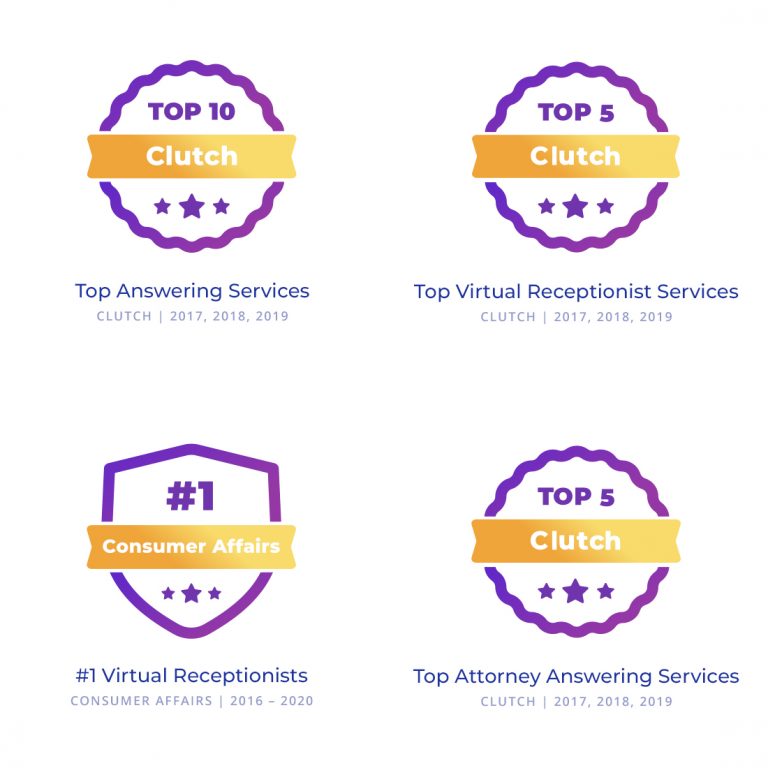A few years ago, remote working was the realm of a handful of lucky people. Now, it is being touted as the future of work, as more and more people start prioritizing flexibility in their jobs. Companies are keen to join in on the trend, but they may not always be sure where to start. In this article, we will discuss the three most common ways companies incorporate remote work into their process, so you can find out what works best for you.
Letting Current Employees Go Remote
The question of whether to allow employees to work from home is a somewhat contentious one. On one hand, you have research such as this study by the Harvard Business Review, which explains that remote employees tend to feel disengaged and are more likely to leave the company. Insights like these have led many major companies, such as Yahoo, HP, and Reddit, to implement a no remote working policy.
However, other studies like this one by Cisco have extolled the virtues of hybrid teams, as workers who can do their jobs from home often show higher levels of productivity. The difference seems to lie in whether employees have the option to work face-to-face. In the HBR study, one-third of employees had no face time at all with their teams, which led to feelings of isolation. In the Cisco study, the employees surveyed worked remotely a few days a week.
Of course, many companies work well with fully remote teams. However, if you are transferring from a traditional setup, you may be better off starting with incremental levels of flexibility. You could, for instance, allow employees to work remotely most of the week but mandate at least one day where everyone has to be in the office.
Hiring Freelancers
Websites like Freelancer have made it easier than ever to hire workers from all over the world, which makes up a large part of the remote workforce. Freelancers have certain advantages over traditional employees. For one, they can be cheaper, especially when you consider hidden employment costs like training, benefits, vacation, and time lost to distractions.
Furthermore, you have fewer responsibilities as a client to a freelancer than you do as an employer. With employees, there are many legal aspects you need to be aware of, from worker’s compensation to health and safety and employment tax. That said, freelancers do have rights, and the industry is increasingly adding regulations, so you should also know what is expected of you when you hire a contractor.
Overall, many companies looking to go remote find that a blend of freelancers and employees is ideal. Freelancers are best for projects with tangible deadlines and deliverables, while employees are best for ongoing work that requires regular supervision and coordination.
Outsourcing Remote Services
Finally, there are businesses that make it easy for companies to hire remote services without having to actually seek out new people to hire. Take our virtual receptionist services, for example. Abby Connect provides remote virtual receptionists to small businesses from lawyers to photographers to Amazon sellers. The work of customer service is outsourced remotely, but you save yourself the time and effort of recruiting specific individuals for the job.
There are many areas that work particularly well with this model. There are, for instance, agencies that hire people — usually freelancers — to do everything from content writing to research, data entry, or answering emails. These can be a great option for companies who want to outsource some of their work but are not yet ready to manage remote teams.
As the gig economy grows and technology continues to evolve, remote working is only going to become more popular. Companies who start embracing this now will be ahead of the curve in the decades to come. Whether you start by simply outsourcing a service to another company, letting your employees work from home a couple of days a week, or hiring a freelancer to do a quick job, you will be taking a step towards the new 21st-century workplace.



I’m so thankful for all the scrumptious Korean nutrients!The Korean meals is absolutely deliciousand I’m grateful for it!Thank you for your question. First, I would send a handwritten thank you note (on personalized stationery if possible some). You are under no obligation to invite them to another event, although many people believe it is the socially appropriate thing to do. The decision is yours since the other couple “insisted” that there was no need to do so. If the opportunity presents itself, and you wish to do so, you may invite them to a future event.
Your article gave me a lot of inspiration, I hope you can explain your point of view in more detail, because I have some doubts, thank you.